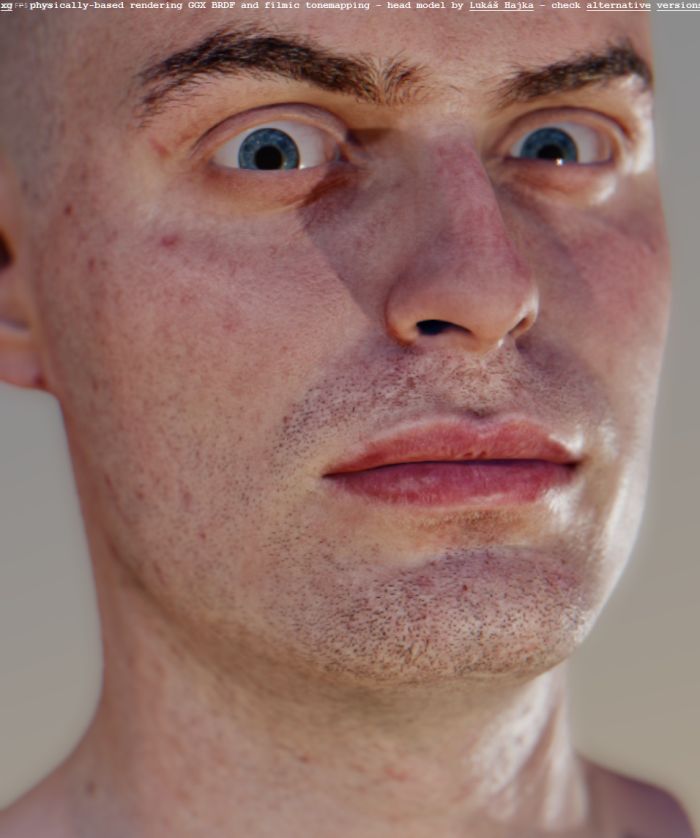
Uncanny Valley WebGL Head Rendering Geeks3D
The uncanny valley hypothesis states that artificial characters and objects that are almost but not fully human-like will trigger a deep sense of unease. To depict this phenomenon, the research.

Goodbye Uncanny Valley. In a previous post, “Future robots… by David Alayón Future Today
The uncanny valley is a term used to describe the relationship between the human-like appearance of a robotic object and the emotional response it evokes. In this phenomenon, people feel a sense of unease or even revulsion in response to humanoid robots that are highly realistic.
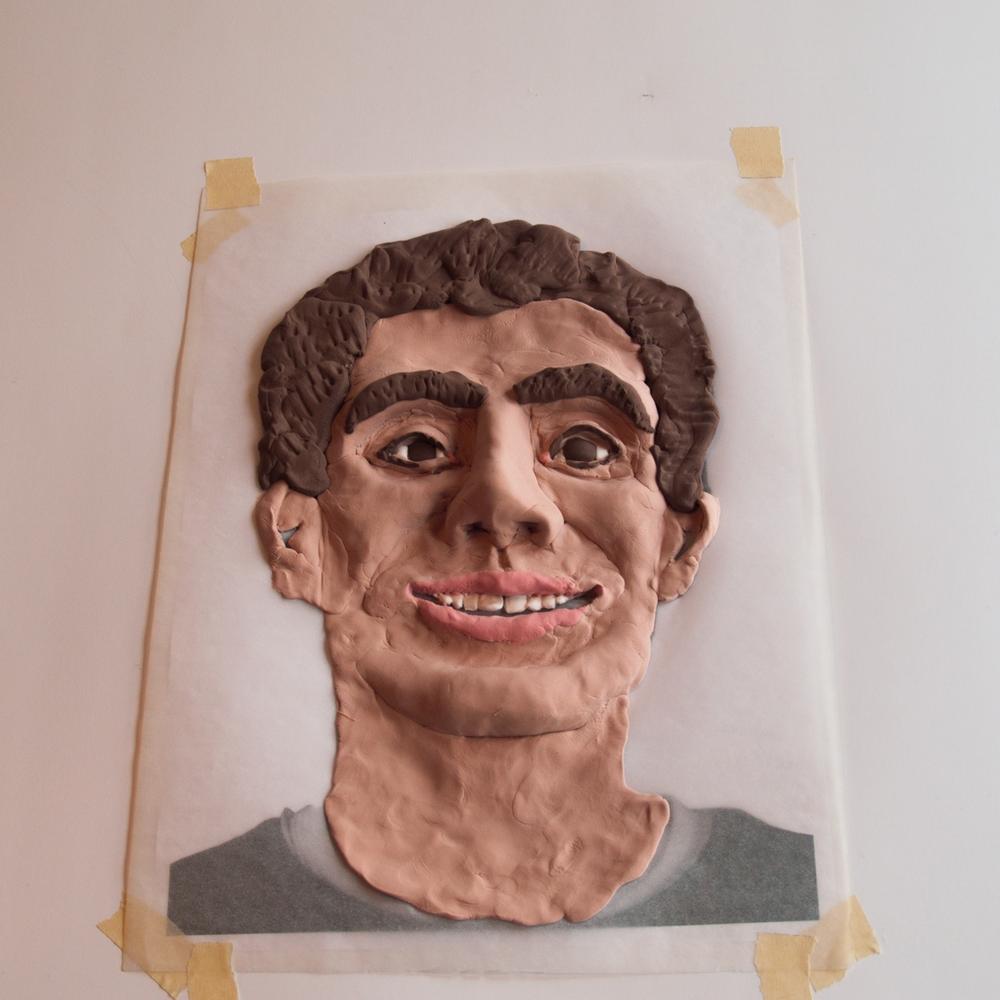
Project Picture Yourself in the Uncanny Valley Making Simple Robots [Book]
What's in a name? The first time many people encountered the concept of the uncanny valley was in 2001 with the movie Final Fantasy: The Spirits Within. Today, it is known as one of the first.

Anschauen Uncanny Valley in Deutsch 1440p 219 truevfiles
Human replicas highly resembling people tend to elicit eerie sensations—a phenomenon known as the uncanny valley. To test whether this effect is attributable to people's ascription of mind to (i.e., mind perception hypothesis) or subtraction of mind from androids (i.e., dehumanization hypothesis), in Study 1, we examined the effect of face exposure time on the perceived animacy of human.
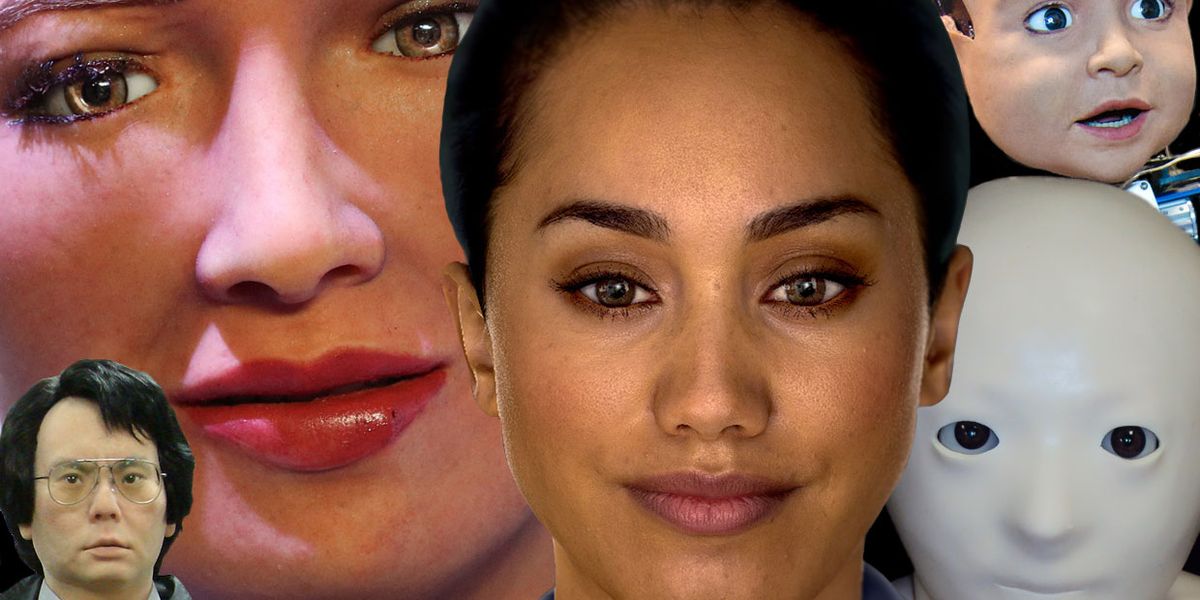
What Is the Uncanny Valley? IEEE Spectrum
Coined by Japanese roboticist Masahiro Mori in the 1970s, the uncanny valley describes the cold and eerie feeling we experience when something seems not quite human. Short Circuit 's crude.
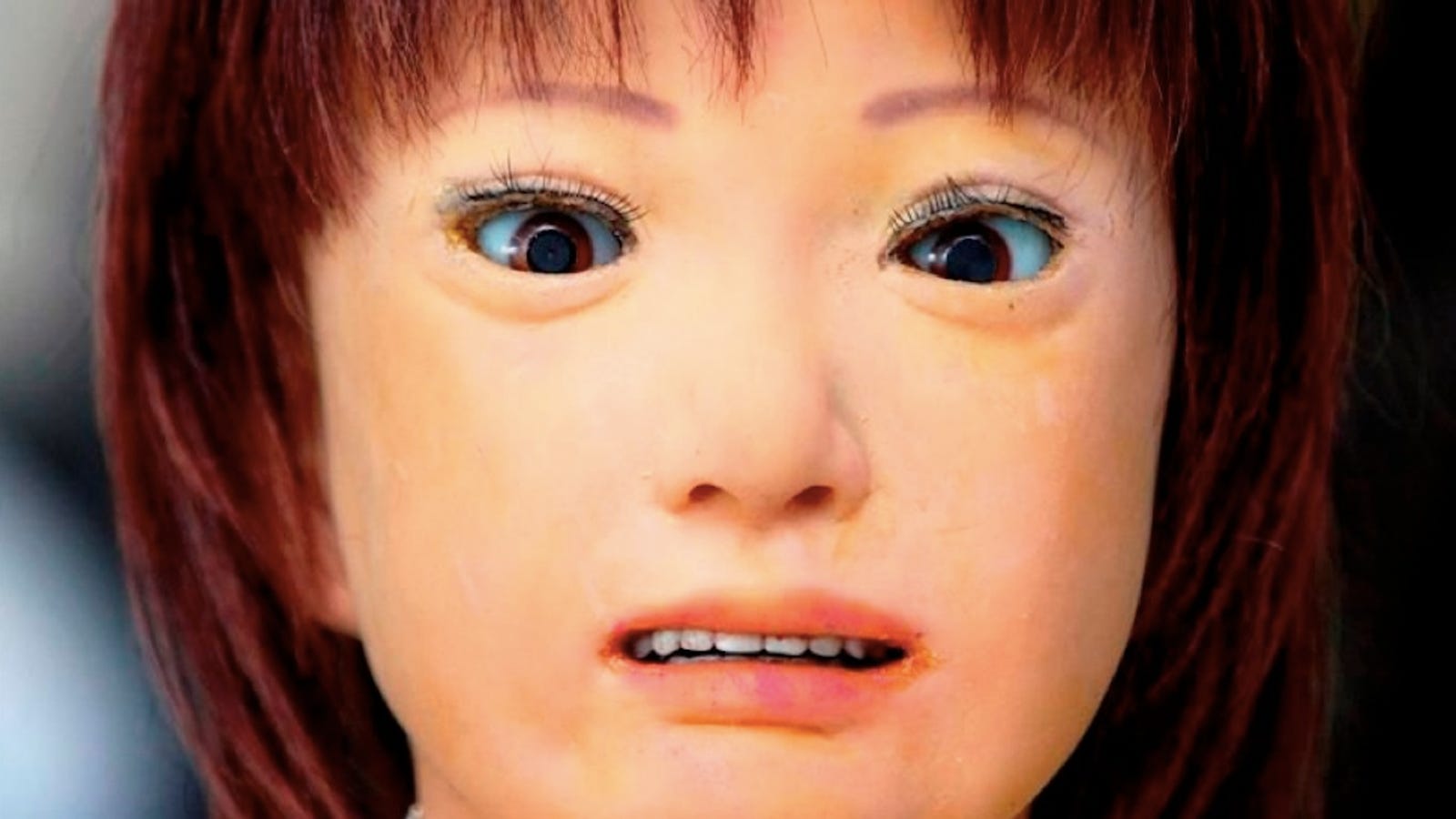
Scientists still aren't sure why the "uncanny valley" freaks you the hell out
The uncanny valley is a theory in aesthetics suggesting a humanoid object appearing almost, but not exactly, like a real human can evoke feelings of eeriness or revulsion, rather than familiarity, due to the object's proximity to reality yet noticeable imperfections. Key Takeaways
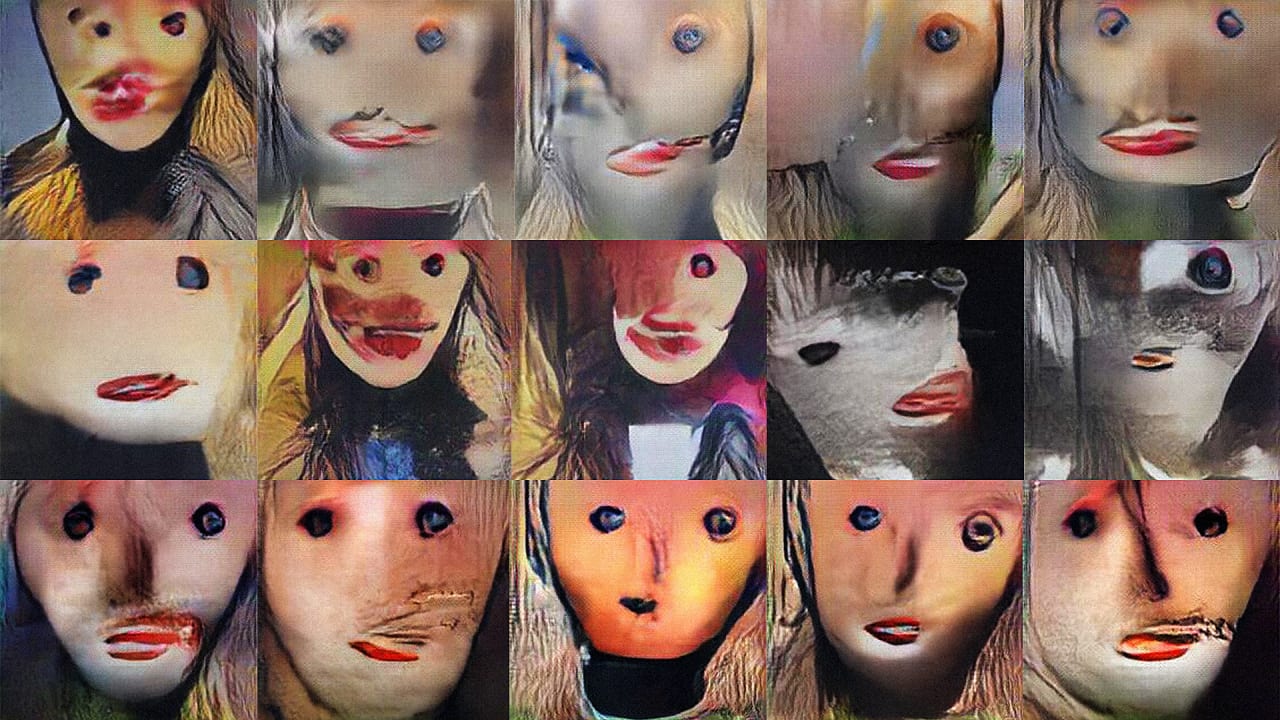
This Neural Network Makes Faces From Scratch (And They’re Terrifying)
The Uncanny Valley: The Original Essay by Masahiro Mori - IEEE Spectrum The January 2024 issue of is here! Robotics Article "The Uncanny Valley" by Masahiro Mori is an influential essay in robotics. This is the first English translation authorized by Mori. Masahiro Mori 12 Jun 2012 8 min read Photo: M. Mori

The Uncanny Valley of Food Jeff Nobbs
While it might seem obvious that this general face representation exists, particularly given that the category of "face" exists in our language, the concept of the "uncanny valley" proposed by Mori (1970) suggests this may not be the case. Mori proposed a curve to show the relationship between peoples' positive responses to an object.
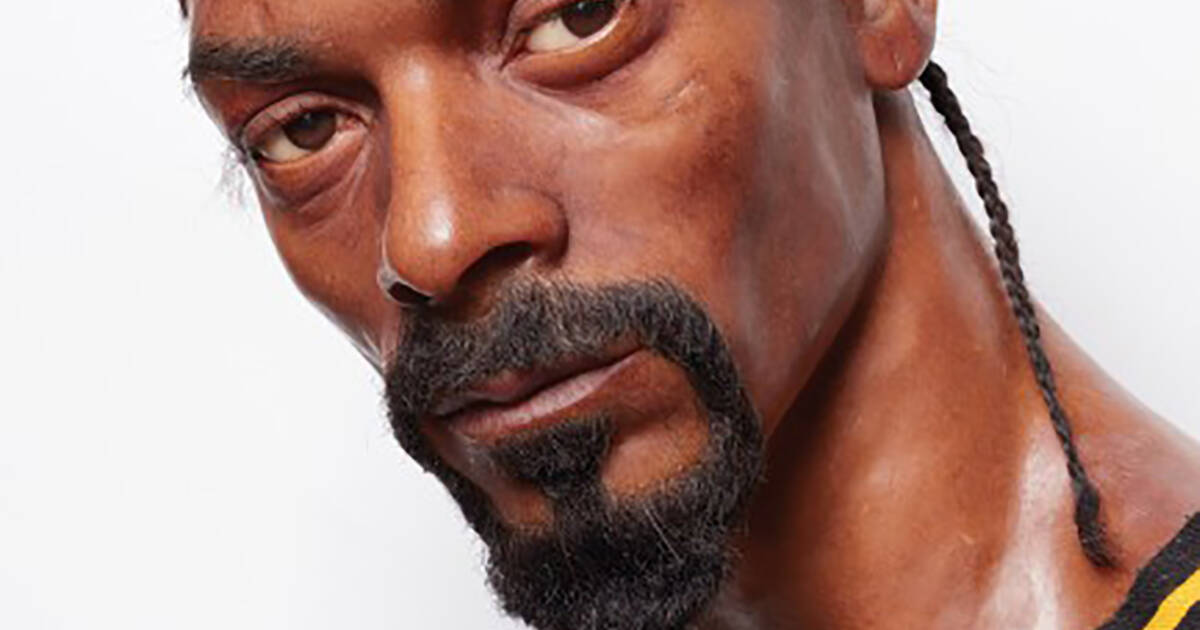
The Uncanny Valley Portraits
First proposed in 1970 by Japanese roboticist Masahiro Mori, the uncanny valley is the creepy, repulsed feeling we get when we observe an entity that looks almost human, but lacks some essential element of humanity. Characteristics of the Uncanny Valley
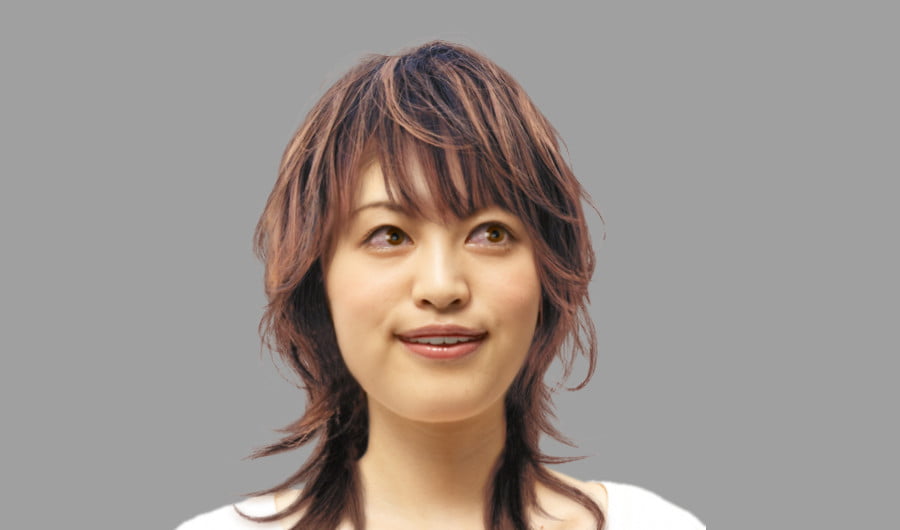
Breaking Through the Uncanny Valley NeuroLogica Blog
06 Nov 2019 09 Feb 2023 6 min read The uncanny valley phenomenon can be described as an eerie or unsettling feeling that some people experience in response to not-quite-human figures like humanoid robots and lifelike computer-generated characters.

Crossing the uncanny valley WIP Page 49 The uncanny, The mimic, Pixel art design
The uncanny valley effect attempts to chart that creepy feeling you might get when looking at this android. JOHANNES EISELE/AFP/Getty Images The best way to illustrate the uncanny valley effect is with an example. So, picture this: it's the year 2053, and you're visiting the doctor's office.

Uncanny valley...? — polycount
Facing the Uncanny Valley: Pareidolia and Face Recognition. Lupita Valencia November 7, 2023 Face-recognition, FFA, Fusiform face area, Occipital face area, OFA, pareidolia, Prosopagnosia, Uncanny valley. By Lupita Valencia. Evolution has made us experts at recognizing faces. We are innately social creatures and are hard-wired to detect faces.

Uncanny Valley masks transform you into a beautiful nightmare
Uncanny Valley is a term for the relationship between the human-like appearance of a robotic/unhuman object and the emotional response it evokes.. It takes a massive dataset of headshots and uses deep learning to construct a brand new, non-existent human face using the parameters it's taught itself about human faces.
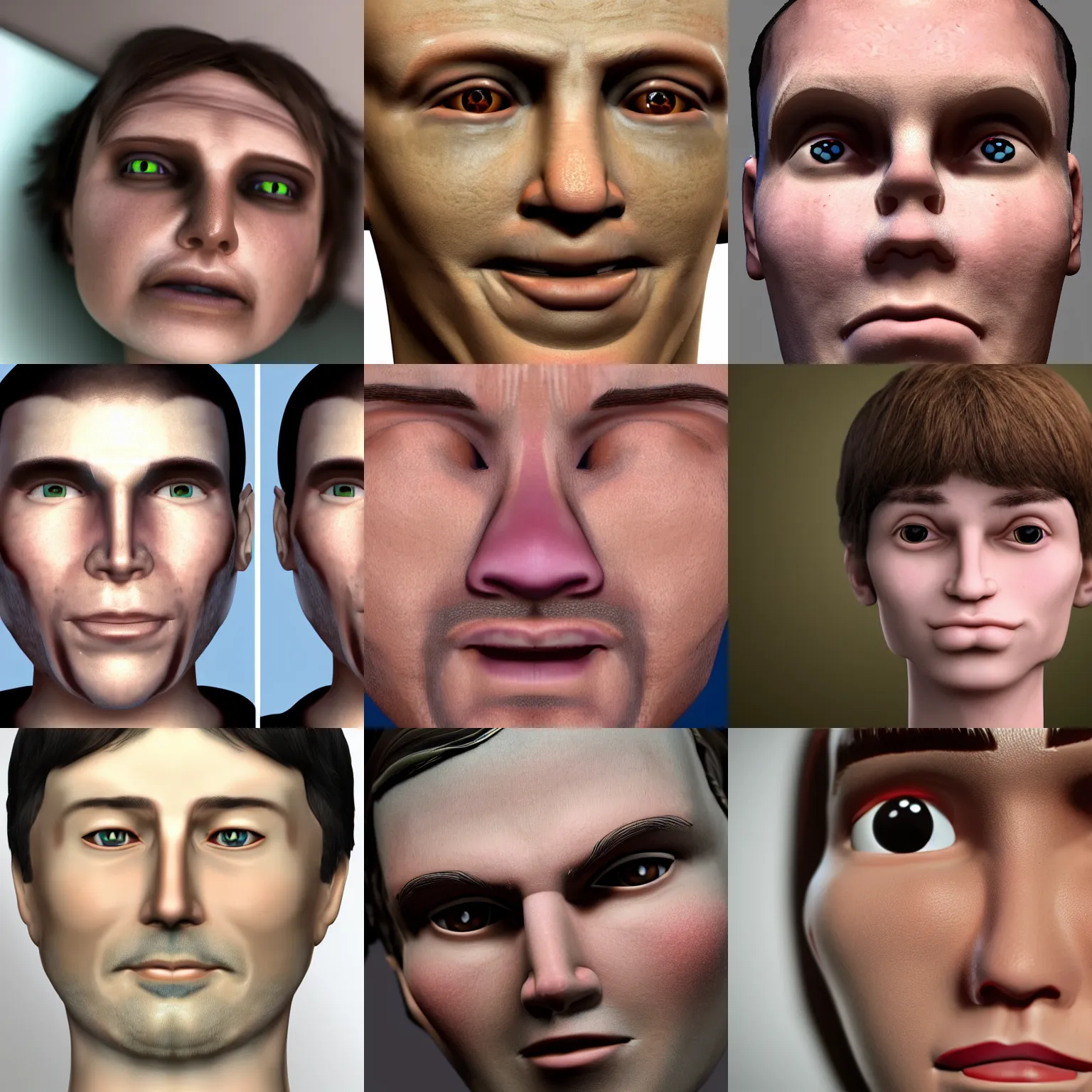
uncanny valley face closeup Stable Diffusion OpenArt
Human replicas highly resembling people tend to elicit eerie sensations-a phenomenon known as the uncanny valley. To test whether this effect is attributable to people's ascription of mind to (i.e., mind perception hypothesis) or subtraction of mind from androids (i.e., dehumanization hypothesis), in Study 1, we examined the effect of face exposure time on the perceived animacy of human.
The Uncanny Valley Theory Explained Game Beauty®
The uncanny valley is a term that describes the "eerie sensation" one feels when they encounter a robot with human-like characteristics. Here are some robots that can fall into the uncanny valley.. Diego-san, which has a full set of teeth seemingly baked into a mask-like half face on top of a robotic body, was designed to learn much like.

CGTalk Crossing the uncanny valley WIP The uncanny, 3d portrait, Face
uncanny valley, theorized relation between the human likeness of an object and a viewer's affinity toward it. The hypothesis originated in a 1970 essay by Japanese roboticist Masahiro Mori, in which he proposed that as human likeness increases in an object's design, so does one's affinity for the object—but only to a certain point.